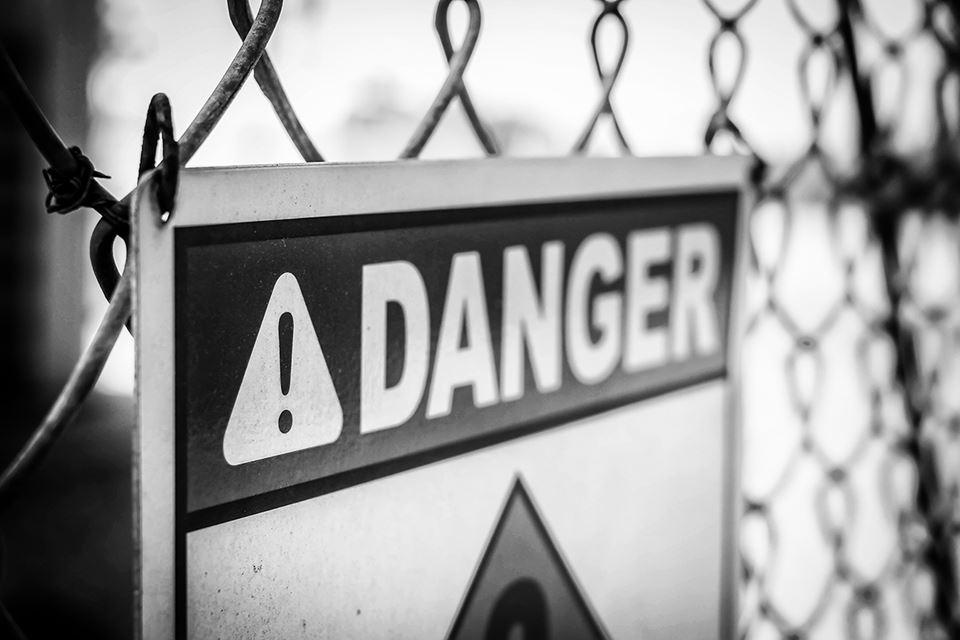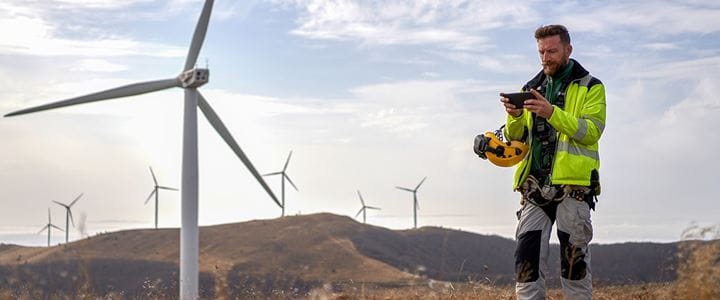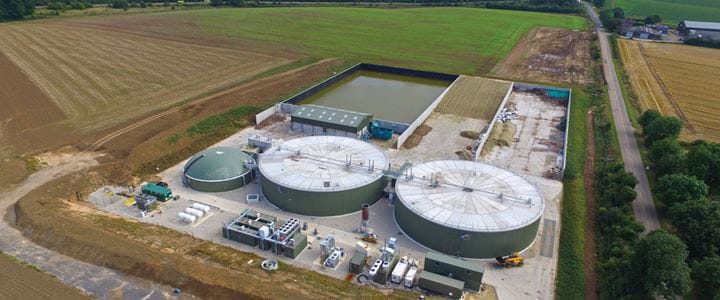Businesses in all industries and of all sizes can face environmental liabilities. When you think of renewable energy though, pollution isn’t necessarily something you would associate with it. However, we are seeing even greater liabilities than before with tougher environmental liability directives throughout the EU, such as more stringent clean-up requirements. So while your renewable energy operations may not have changed, your potential environmental liabilities may have increased. Not to mention the disruption to your business and potential financial, operational and reputational damage that environmental losses can bring.
Environmental impairment liability insurance is becoming widely accepted as a coverage requirement for renewable energy projects and environmental consultants. And in some cases may be a contractual requirement to secure a project or funding.
We answer the key questions businesses are googling when it comes to environmental directives and environmental impairment liability insurance.
What are environmental directives?
In short, environmental directives are legal regulations that a business must adhere to in relation to:
- their activities,
- premises, and
- land under its control
that can cause pollution or other environmental damage. In 2007, the Environmental Liability Directive (ELD) came into effect throughout the EU and in 2015 the UK’s Environmental Damage Regulations (EDR) came into force including three new sanctions:
- Preventative remediation – action to avoid environmental loss
- Complimentary remediation – other action beyond clean-up to restore damage
- Compensatory remediation – additional works beyond complimentary remediation in more serious cases that can extend to include restoration of another site
There is a broad range of environmental exposures that can impact projects such as, air quality (e.g. ongoing odour issues), water, land and biodiversity. These risks can all impact your business in the event of environmental contamination, leaving you with a bill for the clean-up and additional works to ‘make good’ on any damage done. It is important to remember that these exposures are present during the construction and operational phases of your project.
Who is liable for environmental contamination?
It’s not just renewable energy businesses who are liable following an environmental incident. Individuals, such as directors and managements can also face the possibility of personal actions. In fact, some local regulations may hold directors and managers personally liable for the damages. Therefore, it is important that you consider environmental impairment liability insurance to cover your business and key individuals.
What is environmental impairment liability insurance?
The most common consequences of an environmental impairment liability event are:
- Business interruption – loss of profit
- Statutory liabilities – first party clean-up costs
- Third party clean-up costs – biodiversity damage
- Tort liabilities – bodily injury, property damage, trespass, nuisance or obstruction
- Legal costs
- Reputational damage
Environmental impairment liability insurance can provide you with financial support to tackle these issues. Used in conjunction with a well thought out Environmental Management plan, it can help mitigate against future losses and protect you and your business. It can also provide a cost effective means of transferring exposure, removing the potential costs from your balance sheet.
Claims can arise during construction, as well as when your system is operating, so you need to consider:
During construction
- Mobilisation and exacerbation of pre-existing pollution – such as, piling contractors mobilising contaminated perched groundwater
- New pollution conditions – for example a diesel leak from a generator
- Biodiversity damage – for example, an erection of wind turbines in a conservation area
Once operating
- Anaerobic digestion – odour, digestate leak or fire
- Biomass – odour, fire or air emissions
- Wind farms: biodiversity damage – bird migration, habitat destruction, coastal erosion or infrastructure impacts on land (substations)
- Hydro – fish migration, coastal erosion
What should I consider in my environmental risk management plan?
The areas to consider for environmental incidents when drawing up your plans are:
- Look where your exposures are: is there a water course nearby? Are you close to third party property? Are there any footpaths nearby?
- Work with the construction company to ensure all measures are put in to place to protect you – for example positioning of bunding and drainage systems to divert flow away from potential hazards; full surveys of site to ensure no habitat destruction; and any environmental agency information or input to be gained.
- Do you have a disaster recovery plan, including a spill response strategy, in place?
- How quickly can the Environmental Agency, experts and specialists be mobilised where necessary?
- Develop a management plan for the days, weeks and months following an incident.
The information contained herein is based on sources we believe reliable and should be understood to be general insurance and risk management information only. The information is not intended to be taken as advice and cannot be relied upon as such.
Statements concerning legal, tax or accounting matters should be understood to be general observations based solely on our experience as insurance brokers and risk consultants and should not be relied upon as legal, tax or accounting advice, which we are not authorised to provide.
Real-world insight that we don't share anywhere else
Get access to exclusive help, advice and support, delivered straight to your inbox.











